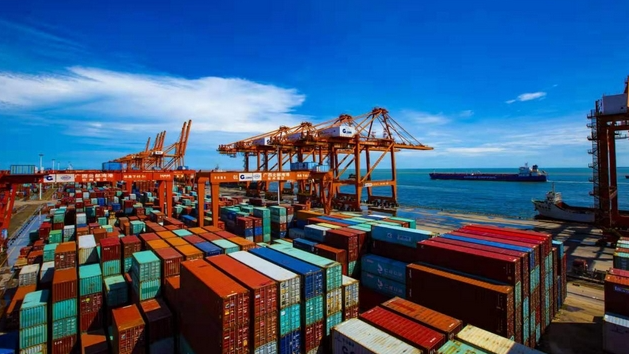While ocean shipping prices have returned to pre-pandemic levels, air cargo continues to command significantly higher rates than before COVID-19 disrupted global supply chains.

Recent data from WorldACD shows March air cargo tonnage declined 8% year-over-year, though this represents an improvement from the 11% drop in Q1 2023 and 14% decrease in Q4 2022. Despite these declines, air freight revenue remains at historically high levels.
The global air cargo market generated its third-highest revenue in 15 years during 2023, with current rates approximately 50% above pre-pandemic benchmarks. This contrasts sharply with ocean shipping, where prices on major routes like China/US West Coast have returned to 2019 levels around $1,000 per 40-foot container - far below the $20,000 peaks seen in September 2021.
Several factors explain why air cargo prices remain elevated. While tonnage and rates have declined from their 2021-2022 peaks, the market remains stronger than pre-pandemic years. 2022 saw the second-highest air cargo revenue in 15 years, about double the average of the previous decade.
Current stabilization trends show promise. Year-over-year tonnage declines have moderated from over 10% in late 2022 to 8% in March 2023. Global average prices, while 30% below March 2022 levels, remain 50% above 2019 benchmarks.
IATA reports February 2023 air cargo demand exceeded pre-pandemic levels by 2.9%, while international belly capacity only reached 75.1% of 2019 levels. This supply-demand imbalance helps maintain higher rates.
Market analysts note air cargo's more competitive, fragmented structure prevented the extreme price volatility seen in ocean shipping, leading to a more gradual decline from pandemic peaks.
Looking ahead, semiconductor and electronics shipments - key air cargo demand indicators - face projected declines in 2023. However, positive signs include stabilizing export orders in major economies and easing inflation across G7 nations.
China's reopening has already boosted stability in Asia-North America air routes, where prices remain 80-90% above pre-pandemic levels despite being 45% lower than 2022 peaks. The upcoming summer travel season should further increase passenger aircraft capacity returning to service.
Industry experts anticipate continued soft demand through mid-2023, with potential recovery emerging in the second half of the year as inventory levels adjust. The market appears poised to transition from pandemic-era volatility toward more stable, though still elevated, pricing patterns.
